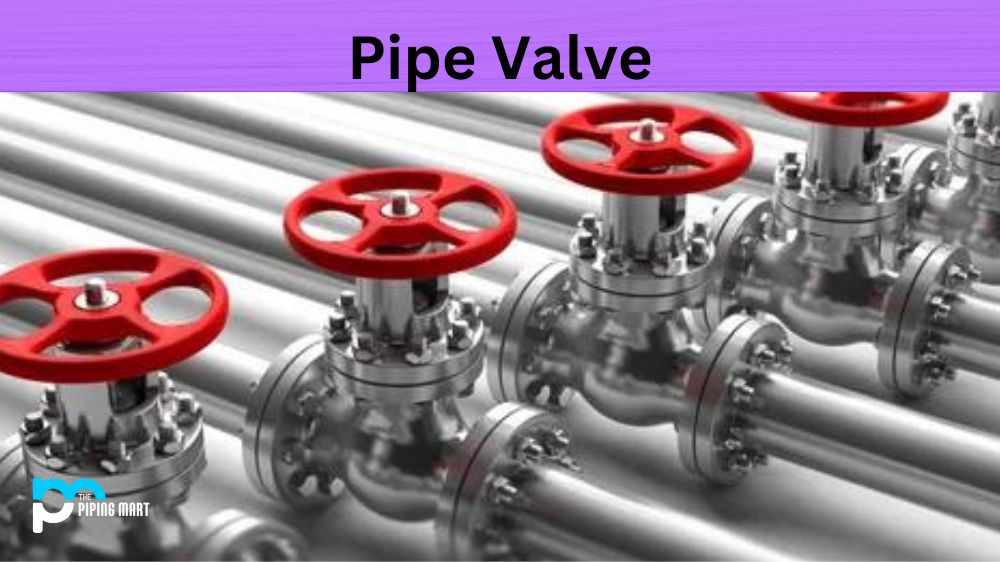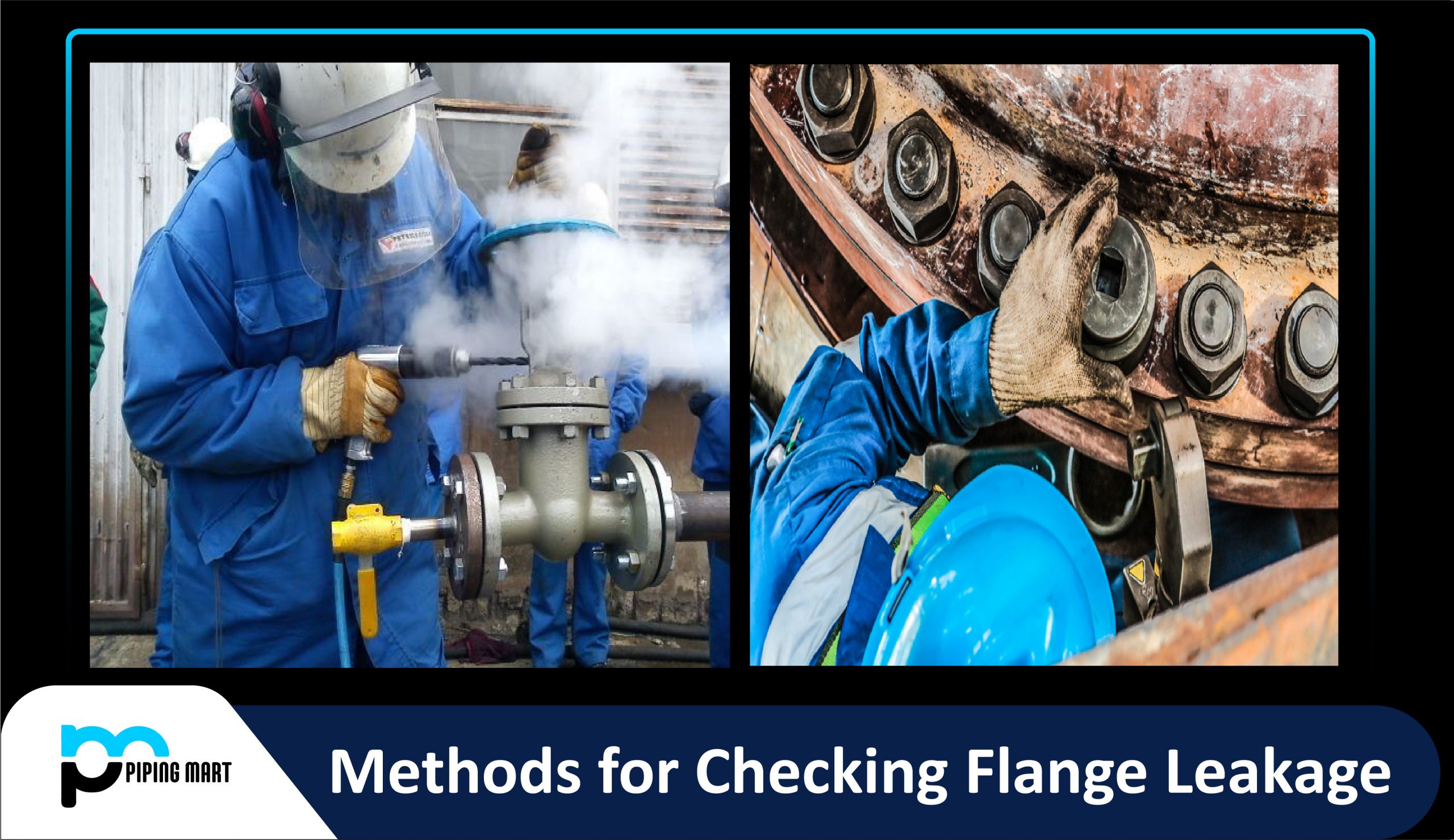Do you ever wonder how pipelines easily transport liquids and gases from one place to another? Look no further than pipe valves. These crucial components regulate and control the flow of substances through pipelines and are essential in various industries, from oil and gas to water treatment. In this blog, we’ll delve into pipe valves’ uses and inner workings, giving you a comprehensive understanding of this fundamental technology.
What is Pipe Valves?
Pipe Valves are fittings used to control the flow of fluid, gases and dry bulk materials within a piping system. They control pressure, temperature, flow rate and volume, enabling pipes to be isolated for maintenance or repair. Pipe valves have numerous forms such as gate valves, globe valves, check valves and butterfly valves among others. They can be manual or automatically operated and come in different sizes and materials for various applications.
How Do Pipe Valves Work?
Pipe valves work by blocking the flow of fluids or allowing them to flow through unrestricted. All valve designs have a mechanism that allows for opening and closing, which controls the direction, speed, and pressure of the fluid flowing through the pipeline. For example, a ball valve can be opened or closed by rotating a ball that contains a hole to either allow or block the flow of fluids. A gate valve, on the other hand, uses a disc that slides between two parallel seats to control the fluid flow.
What Are the Uses of Pipe Valves?
Pipe valves have a wide range of uses across various industries. For instance, ball valves are commonly used in oil and gas industries for their ability to withstand high-pressure, high-temperature conditions. Globe valves, on the other hand, are often used in power plants and other industries for their precise flow regulation capabilities. Valves are also crucial in water and sewage treatment plants, which control water flow during purification. They are also used in HVAC systems in commercial and residential buildings to control the flow of heated or cooled air throughout the ventilation system.
Installation and Maintenance
As with any mechanical component, proper installation and maintenance are crucial for the optimal performance of pipe valves. Regular maintenance can help prevent leaks and blockages and decrease the risk of malfunctions that could lead to accidents or injuries. During installation, it’s important to select the proper type of valve for the pipeline and fluid. Valves must also be installed in the right orientation to operate correctly, which can vary depending on the valve type.
Conclusion:
Pipe valves are essential components used to control the flow of fluids through pipelines across various industries. Understanding the different valve designs and their respective uses is essential in selecting the right valve for a particular application. Proper maintenance and installation are also crucial for ensuring optimal performance and safety. By grasping how to pipe valves work; we can appreciate their significant role in ensuring the reliable and efficient transportation of liquids and gases worldwide.

Meet Bhavesh, a seasoned blogger with a wealth of knowledge and experience. From metal products manufacturing to retail, Bhavesh has a diverse background in various industries and is dedicated to sharing his insights and expertise with readers.




